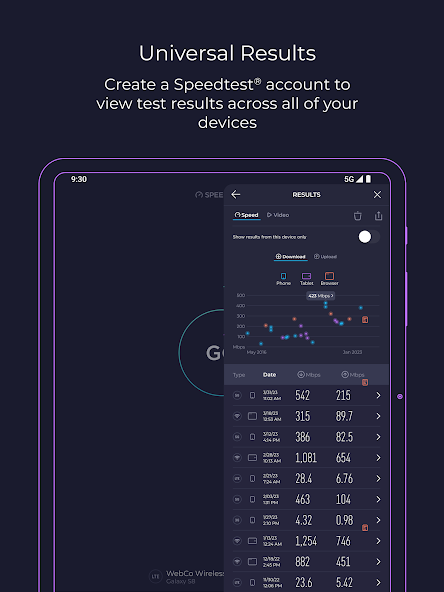流动测速原理ios
流动测速原理基于牛顿第二定律,根据流体受到的剪切应力来确定流速。
通常利用流速传感器或试验粒子追踪法来测量流体的速度和流速场。
在实际应用中,需要考虑雷诺数、粘度等因素,以确保测量结果的准确性。
通过流动测速原理,我们可以了解流体在管道中的流动情况、风洞实验中的气流分布等,为工程设计和科学研究提供重要参考。
Flow velocity measurement principle is an important method to study fluid motion. By measuring the velocity and direction of fluid motion, the motion state of the fluid at different positions is revealed. Flow velocity measurement principle is based on Newton's second law, and the flow velocity is determined by the shear stress acting on the fluid. Flow velocity sensors or experimental particle tracking methods are usually used to measure the velocity and velocity field of the fluid. In practical applications, factors such as Reynolds number and viscosity need to be considered to ensure the accuracy of the measurement results. Through the principle of flow velocity measurement, we can understand the flow of fluid in pipelines, airflow distribution in wind tunnel tests, and provide important references for engineering design and scientific research.。
#1#




